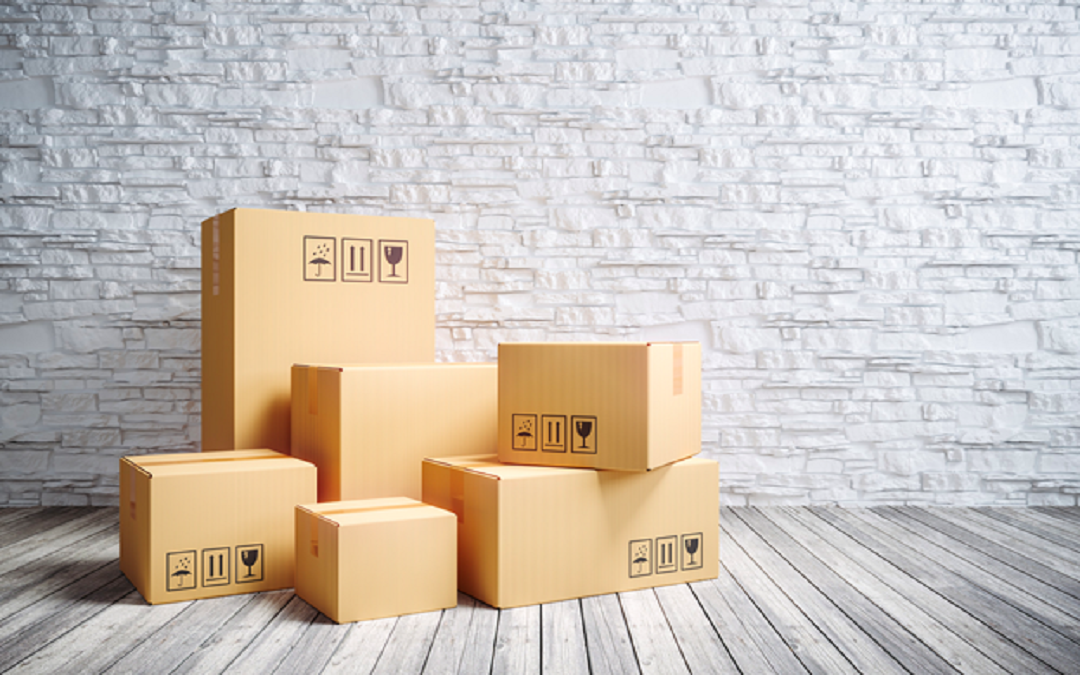In today’s competitive market, where first impressions matter more than ever, selecting the right material for your custom packaging boxes is crucial. The packaging not only serves to protect your product but also communicates your brand’s values and identity to your customers. With a myriad of options available, ranging from cardboard to plastic to eco-friendly materials, it can be overwhelming to make the right choice. In this article, we’ll explore the factors to consider when selecting the material for your custom packaging boxes.
Product Type And Characteristics
The nature of your product plays a significant role in determining the appropriate packaging material. For instance, fragile items may require more robust materials such as foam inserts or corrugated cardboard to ensure safe transportation. Similarly, perishable goods may necessitate moisture-resistant or insulated packaging materials to maintain freshness during transit.
Brand Image And Values
Your business identity should be reflected in your packaging, which should also showcase your aesthetic choices and values. Think about how various materials complement your company image, taking into account your inclination toward cost, luxury, or sustainability. Choosing recyclable or biodegradable materials shows a brand’s dedication to environmental responsibility, especially for eco-conscious firms.
Cost Considerations
Budget constraints are a practical consideration when selecting packaging materials. While premium materials like rigid cardboard or specialty papers may enhance the perceived value of your product, they often come at a higher cost. Consider your financial limitations and find a way to balance cost and quality without sacrificing the integrity of your package.
Durability And Protection
Assess the level of protection your product requires during shipping and handling. Sturdy materials like corrugated cardboard or molded pulp offer superior protection against impacts and ensure that your product reaches customers intact. Conduct thorough testing to gauge the durability of different materials and their suitability for your specific product.
Printing And Customization Options
Personalized packaging offers a chance to highlight your company with imaginative designs and branding components. Think about the alternatives for customization and printing that various materials provide. While certain materials might not print as well or as beautifully as others, others might be better suited for complex patterns and vivid colors.
Environmental Impact
Customers are drawn to packaging options that are environmentally friendly as they grow more aware of environmental issues. Examine the environmental impact of each material, considering factors such as the possibility of recycling, biodegradability, and renewable supply. Recycled cardboard, bamboo-based fibers, and compostable plastics are a few examples of sustainable materials that are gaining popularity as useful alternatives to traditional packaging materials.
Regulatory Compliance
Verify that the packing material you have selected satisfies all applicable industry-specific requirements as well as regulatory standards. To guarantee the safety and hygiene of their products, some industries, like the food and pharmaceutical industries, have strict laws governing the materials used in packaging. Make sure you are aware of all applicable regulations and select materials that either meet or surpass these requirements.
Supply Chain Considerations
Throughout the supply chain, you should evaluate the effects that your choice of packaging material will have on the logistics. Important considerations include the expenses of transportation, the amount of space available for storage, and the compatibility with packing technology. Make sure to choose materials that will simplify your packing procedures and reduce the amount of complexity involved in your operations.
Conclusion
Several considerations will determine which material is best for your custom boxes. This includes product characteristics and brand image. It also depends on cost, durability, print options, environmental impact, compliance with regulations, supply chain concerns, and regulatory compliance. When you prioritize these factors and conduct thorough research, it will allow you to choose packaging materials that protect your product and reinforce your brand. Packaging can create lasting impressions and encourage customer loyalty.

















Leave a comment